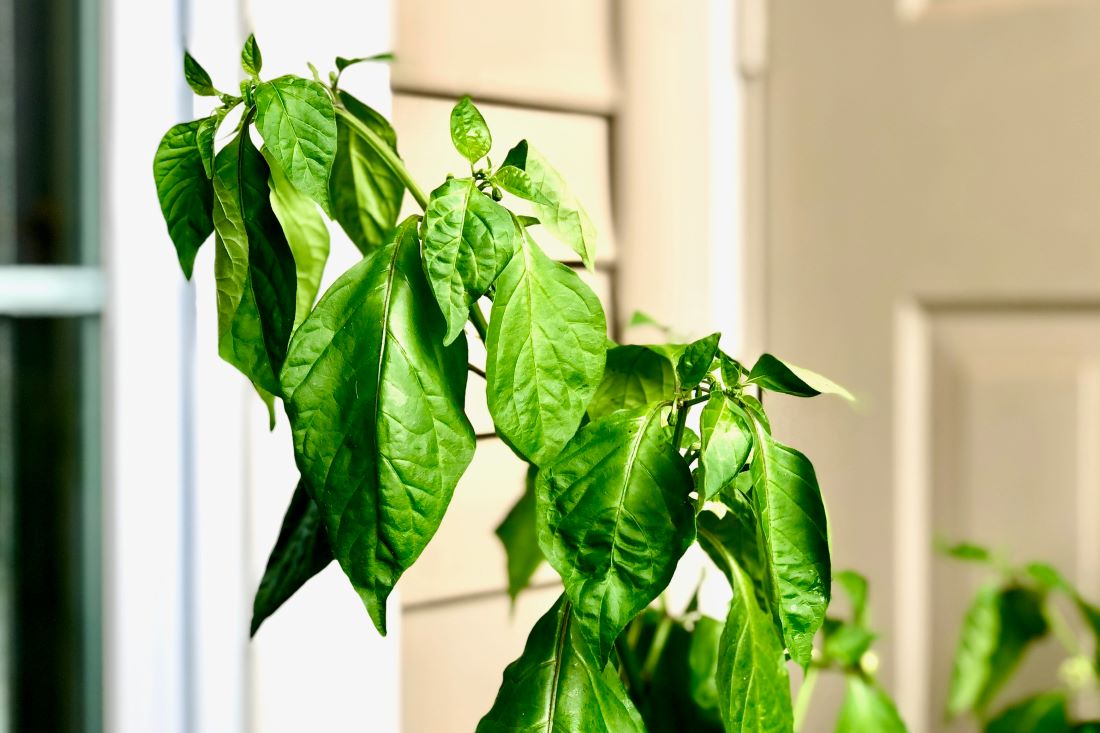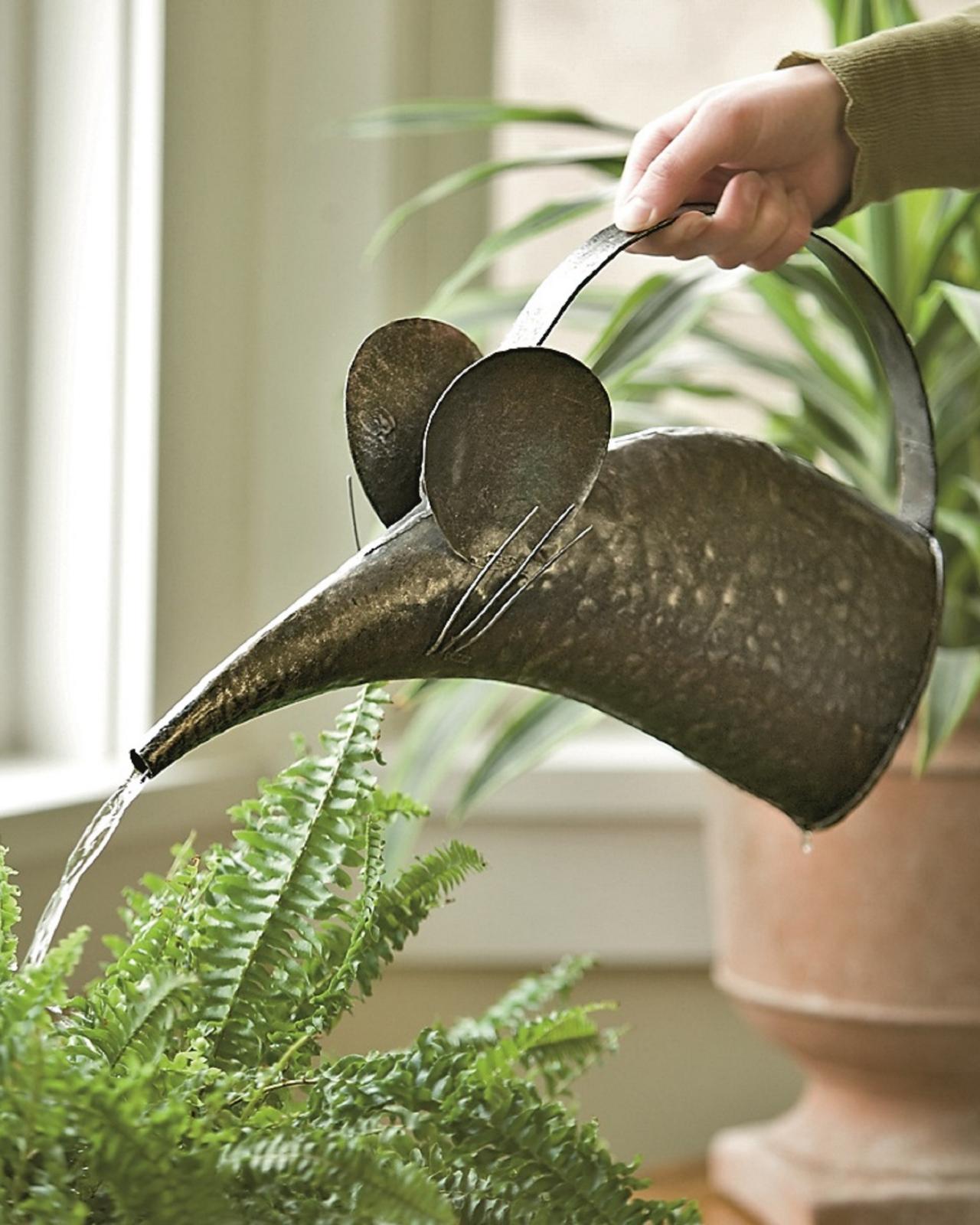Water flows continuously through a plant, from the soil to the roots, up the stems, and out the leaves. When water enters the leaves, the majority of it (usually 95 per cent or more) exits via microscopic holes in the leaves called stomata and into the air. This is known as transpiration, and it works in a similar way to how we sweat.
Isn’t it possible that 95% of the water is being squandered? It’s possible, but it’s actually required.
1. What Causes Wilting Of Plants?


Transpiration causes more water to be lost than is getting in on a hot, dry day (or after several days without rain or irrigation), and the water balance within the plant might be thrown off. The plant begins to wilt as the dehydrated collapsing cells in the leaves and stems can no longer keep the plant upright. Wilting, as a result of the drooping leaves, reduces water loss by exposing less surface area to the sun’s evaporative rays. When provided water, most plants recover rapidly, while chronic dehydration can be deadly or induce leaf death.
2. Plant Diseases Associated With Wilt


There are also a number of plant diseases that cause plants to wilt and discolour, commonly known as “wilt.” Viruses, bacteria, and fungi can cause these infections, and many of them will kill the plant if left untreated. One of these culprits may be to fault if a wilted plant does not perk up after receiving water and appears to be ill. Although many major food crops are susceptible to wilt diseases, current breeders have developed resistant strains and variants for many of them.
Finally, some plants, particularly legumes, experience nyctinasty, which causes them to droop at night. Many of these plants leaves have pulvini, which are joint-like growths that allow the leaves or leaflets to wilt in reaction to darkness and temperature. A chemical photoreceptor controls the turgor pressure in the pulvini by causing water to drain from the joints at night and refill them during the day. Although genetic studies show that it may aid in growth, the purpose of this odd adaptation is unknown.
3. Overcoming Plant Wilt!


The most effective strategy to combat plant wilt is to maintain appropriate while taking into account the plant’s kind and habitat (hot, cold, etc.).
It’s crucial to remember that outside plants and trees continue to require water during the winter, so make sure to thoroughly water them in the fall before the ground freezes, especially for evergreens and newly placed plants. Anti-desiccants (compounds that reduce dehydration and prevent drying) are sometimes sprayed on trees (especially evergreens) throughout the winter to limit water loss through transpiration.
In some cases, however, significant over-watering of indoor plants might lead them to wilt. Why? Roots falter and are unable to absorb water properly when soils are totally saturated with water and devoid of oxygen.
Also Read: Are We Doing The Right Watering To Plants ?




Leave feedback about this